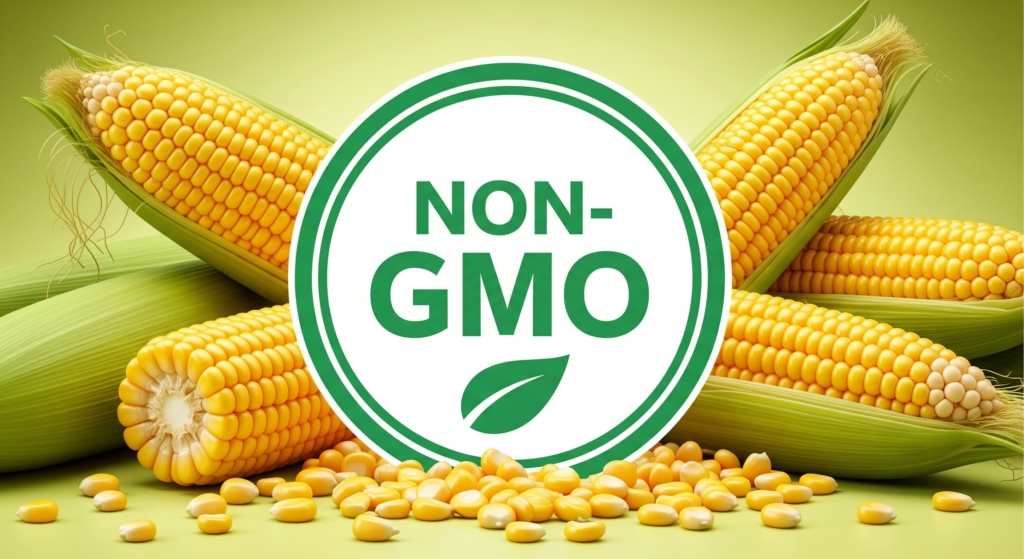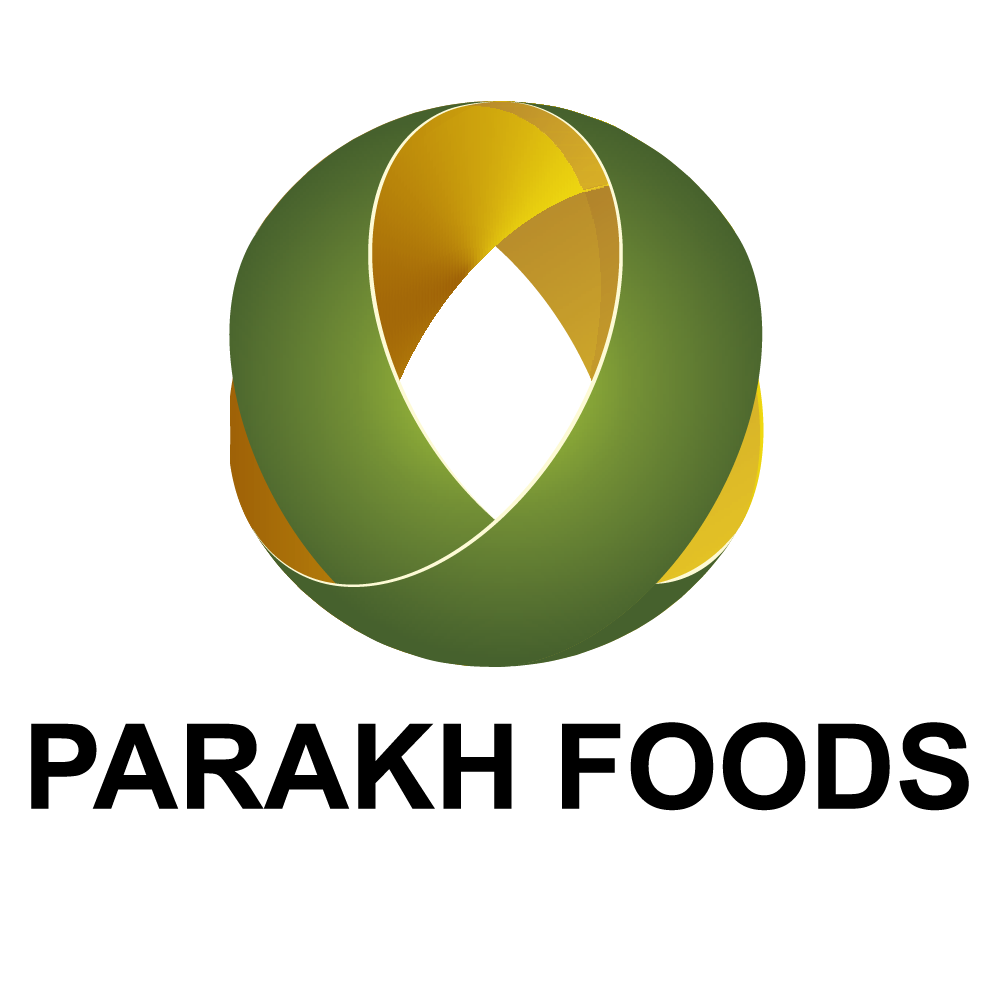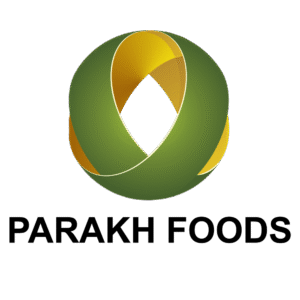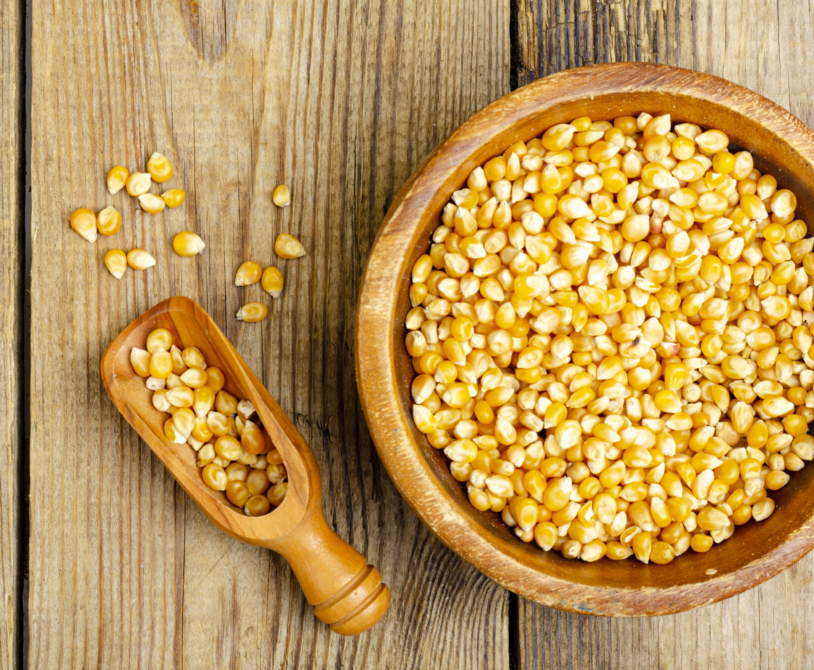
In the world of making food, drinks, and animal feed today, sourcing ingredients is no longer just a simple transaction. The choice between Non-GMO and regular Corn Grit is more than just a line item on a procurement sheet-it’s a strategic decision that will significantly impact your brand identity, market access, supply chain, and customer trust.
The Head of R&D is concerned with performance and consistency. A Purchasing Manager values availability and pricing. For a Brand Manager, it’s all about how people perceive the brand. And for the CEO, it’s about preparing the business for the future.
This complete guide will provide a full view of this important decision. We will go beyond the surface-level dispute to examine the real-world effects, supply chain issues, and strategic opportunities that each choice offers. By the conclusion, you’ll have a clear framework for determining which option is not only viable but also the best one for the future success of your product line.
What Are We Really Talking About? Defining the Terms
Before considering the advantages and cons of each strategy, it’s crucial to have a comprehensive, scientific understanding of the terminology.
The Basics: GMOs and Non-GMO Corn
A genetically modified organism (GMO) is a corn plant whose genes have been changed in a lab to give it certain desirable qualities that can’t be obtained through traditional breeding. The most frequent features are herbicide tolerance, which helps farmers control weeds better, and insect resistance, which lets the plant produce its own protein to ward off pests. Genetically modified corn makes up the majority of the corn grown in major agricultural nations like the U.S., Brazil, and Argentina.
On the other hand, Non-GMO maize is grown using traditional methods of cross-breeding and hybridization that have been used for generations. It does not involve changing genes in a lab. To be sold as such, especially with a seal like the Non-GMO Project Verified seal, it must be grown and processed in a way that prevents any contact with GMO crops.
Is There a Functional Difference Between Kernels and Grits?
This might be the most important question for any product developer or R&D scientist: Does a Non-GMO Corn Grit work differently than a regular one?
The answer is no, at least from a functional and compositional point of view. When a high-quality Corn grit manufacturer processes both GMO and Non-GMO corn kernels, they are degerminated and milled to create grits that are virtually identical in:
- Starch Content and Profile: This is what dictates extrusion, texture, and binding performance.
- Protein Levels: They influence nutritional value and color.
- Particle Size Distribution: The most critical factor for hydration and cooking, which is determined by the milling process.
- Performance: They will perform identically in applications like baking, brewing, or extrusion, as long as the milling and quality are consistent.
The major distinctions between the two aren’t in their technical performance but in everything else that accompanies the ingredient: the supply chain that delivers it, the story you can tell about it, and the markets you can sell it to.
Why You Should Choose Standard (GMO) Corn Grits: The Practical Choice
For many years, the food and feed industries have relied on conventional corn, which is predominantly GMO. It remains a viable and sensible solution for many specific uses due to two fundamental benefits.
The Supply Chain Advantage: Unbeatable Scale and Availability
The fact is that genetically modified (GM) corn makes up the majority of the world’s corn supply. This means the supply chain is vast, robust, and highly liquid. This translates to more sourcing options, shorter lead times, and a larger pool of suppliers for purchasing managers. The immense volume of GM corn grown provides a supply assurance that the more specialized Non-GMO market can’t always match.
The Cost Factor: A Cost-Effective Base
Non-GMO products have strict rules about preserving their identity and separating them from other products. These regulations add significant extra costs. Most of the time, standard corn grits are the cheaper option because they don’t have these standards. For products where cost is the most important factor and the end market doesn’t care about GMOs, like many animal feed formulas or some industrial uses, conventional grits provide the best value.
When Is It Best to Use Standard Corn Grit?
- Animal Feed Manufacturing: The primary goals are to create nutritious food for animals and reduce costs.
- Industrial Uses: For making things like bioplastics or ethanol.
- Price-based Consumer Products: In markets where people are very price-sensitive and don’t know or care much about the GMO status.
- Markets Without GMO Labeling Mandates: Areas where there are no laws that require companies to tell customers about GMO contents.
The Strategic Imperative: Why You Should Buy Non-GMO Corn Grits
While standard grits are practical, Non-GMO grits give you a significant strategic edge. Choosing Non-GMO is a way to build brand equity, get into new markets, and be resilient in the long run.
Meeting the “Clean Label” Movement
Today’s consumers are more curious and knowledgeable than ever before. The “clean label” movement, which calls for products with simple, recognized, and “natural” ingredients, is no longer just a niche trend; it’s the market norm. One of the best ways for a brand to show that it is honest and of high quality is to get a Non-GMO certification. For Brand and Marketing Managers, sourcing Non-GMO Corn Grit allows you to tell a strong story of trust and alignment with what modern consumers care about.
The Export Advantage: Opening Up Global Markets
This is probably the strongest business incentive to go Non-GMO. Exporting is very important for any food company or corn grit manufacturer that wants to grow. But several of the most profitable markets in the world have strict rules against GMOs or even ban them completely.
- The European Union has some of the strongest rules in the world for testing and labeling GMOs, and people there really don’t like GM products.
- Japan, South Korea, and other countries have strict and complicated rules about GMOs.
For a product line to even be evaluated in these markets, a confirmed Non-GMO supply chain is not an option; it is the price of entry.
The “Halo Effect”: Elevating Your Brand
When a company is dedicated to obtaining Non-GMO products, it frequently has a “halo effect” that improves the overall perception of the business. It serves as a stand-in for quality, implying that if a business is careful about this one part of sourcing, it is probably careful about all the others, from the safety of the food to the quality of the ingredients. This view can justify a higher price and help you retain more customers.
How to De-Risk Your Brand and Prepare for Future Changes
Regulations and public sentiment change all the time. Five years from now, a market that is unsure about GMOs may have rigorous rules regarding how to label them. You can protect your firm from these future changes by setting up a Non-GMO supply chain now. You won’t have to worry about a costly and disruptive rush to change your products’ ingredients, sources, and labels later. It’s a smart decision that makes the business more resilient in the long run.
The Operational Reality: The Strictness of a Non-GMO Supply Chain
Choosing Non-GMO means making a promise that goes all the way down your supply chain. It requires a strong system of Identity Preservation (IP). This is a controlled method that keeps a product separate and pure from seed to final delivery.
An expert Corn grit manufacturer with a real Non-GMO program conducts a complicated logistical ballet:
- Choosing Seeds: Making sure that farmers only plant seeds that have been proven to be Non-GMO.
- Buffer Zones: Planting fields far enough away from GMO crops so that they don’t cross-pollinate.
- Dedicated Equipment: Using different combines, trucks, and storage bins for harvesting and moving things.
- Separated Storage: Putting Non-GMO grain in special silos at the processing plant.
- Rigorous Testing: Doing frequent and statistically significant PCR (Polymerase Chain Reaction) tests at several places along the way, from the farm to the finished product, to look for any signs of GMOs.
This careful, multi-step process is what ensures that the Non-GMO claim is true. It is also the cause of the extra expense. You’re not only paying for a different kind of corn; you’re also paying for the peace of mind that comes with this long, complicated chain of custody.
Choosing: A Strategic Framework
Each company has to choose between regular and non-GMO corn grit. Get your key stakeholders together and ask these important questions to make the proper decision:
- Our Customer: Who are we trying to reach? What do they care about? Are they checking for certifications and reading labels? (Sales and Marketing)
- Our Market Goals: Are we going to send goods to places like the EU or Japan that have strict rules against GMOs in the next 3 to 5 years? (Strategy and C-Suite)
- Our Brand: What makes us who we are? Are we a brand that competes on pricing because we care about value, or are we a premium brand that competes on quality and trust? (Branding and Marketing)
- Our Operations: Can the supply chain partners we already work with give us the degree of traceability and assurance we need to make a credible Non-GMO claim? (Operations and QA)
- Our Financials: What is a full cost-benefit analysis? How does the higher price of Non-GMO grits compare to the chance of getting more market share, charging more, and keeping customers loyal? (Purchasing and Finance)
Conclusion: A Decision About Who You Are
In the end, the choice between regular and non-GMO corn grits says a lot about who your firm is and what it wants to do in the future.
Standard corn grits are the best choice for efficiency, availability, and cost-effectiveness. They are the practical, dependable engine for some industries and applications where the GMO debate doesn’t matter.
Corn grits that don’t have GMOs in them are a smart investment. They are the key to opening up global markets, earning deep consumer trust, and building a strong brand that is ready for the future of food.
The appropriate partner is not someone who tries to get you to choose one option over the other. They are someone who knows how to do both well and has the resources to do so. They can assist you in navigating this complex choice by acting as a consultant and helping you identify the best fit for your product line and your goals.
Not sure which way to go with your brand? Talk to the people at Parakh Group about strategic sourcing. Let’s look at your goals, your market, and how our completely traceable, certified Non-GMO supply chains may help you reach them.



